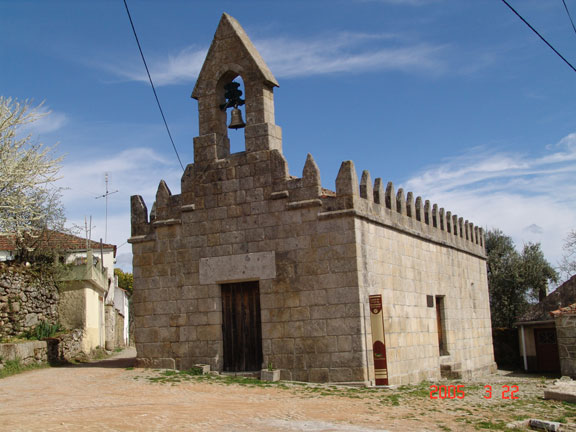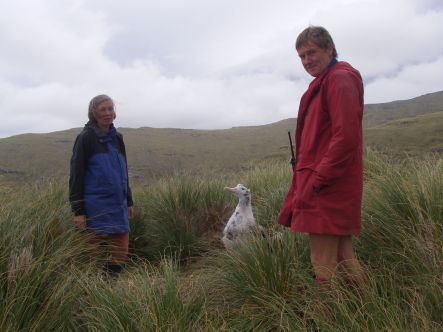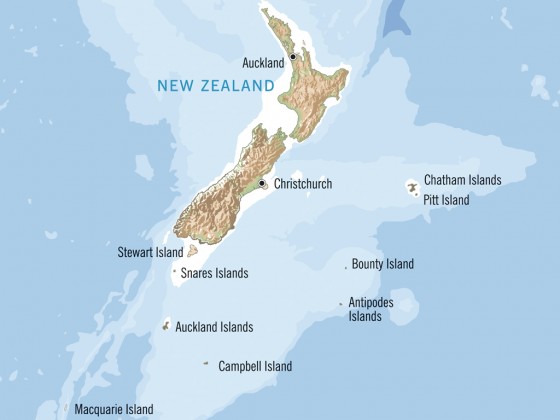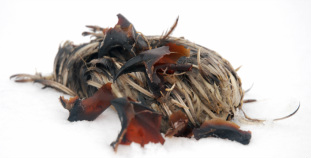|
Lembraste o que te levou a gostar logo daquela pequena capela em forma de castelo em Fornos de Algodres? Ou aquela 9 sinfonia de Dvorák? Ou aquela manta feita à mão pela Rita?
What leads you to enjoy even more seeing a nice chapel, listening to a classical music symphony or feeling the smoothness of a small blanket made by crochet? Sometimes is learning more about its context. More information about an amazing beautiful chapel that it was built in the Roman times, that the 9 Symphony of Dvorak was taken by Neil Amstrong on his trip to the Moon in 1969 and that the crochet blanket was made with so much love and care. Such context really makes us more fascinated of what surrounds us…. in my work is the same… Os comentários estão fechados.
|
BLOGS DAS CAMPANHAS
|





 Feed RSS
Feed RSS
